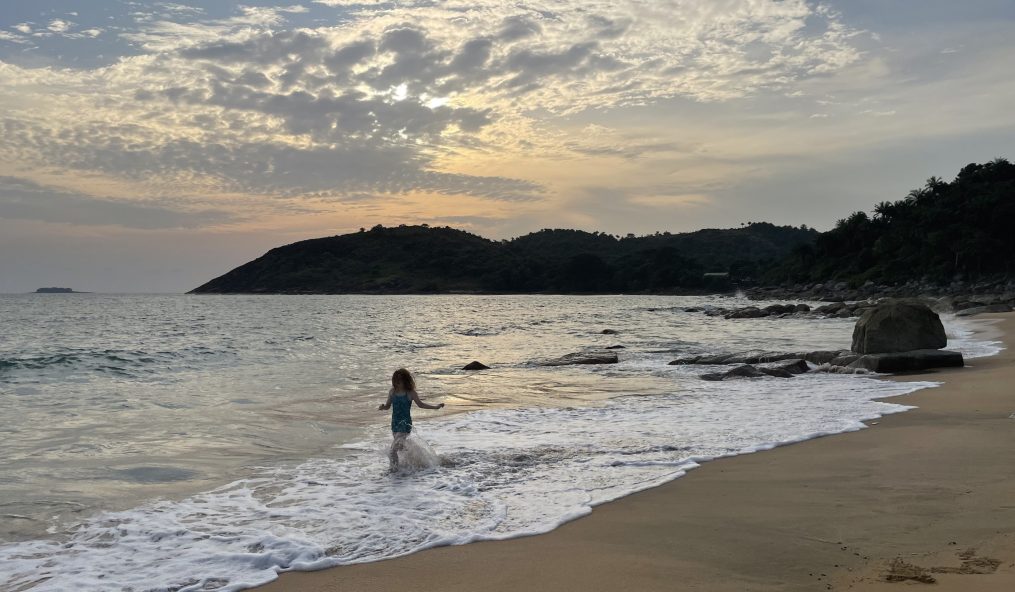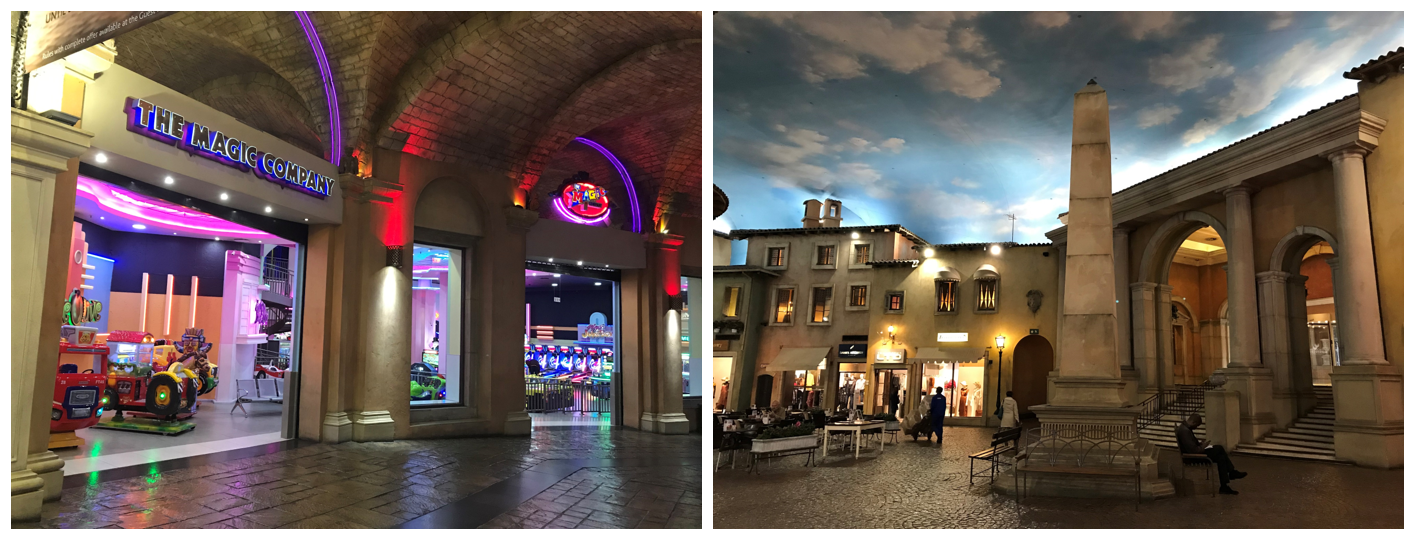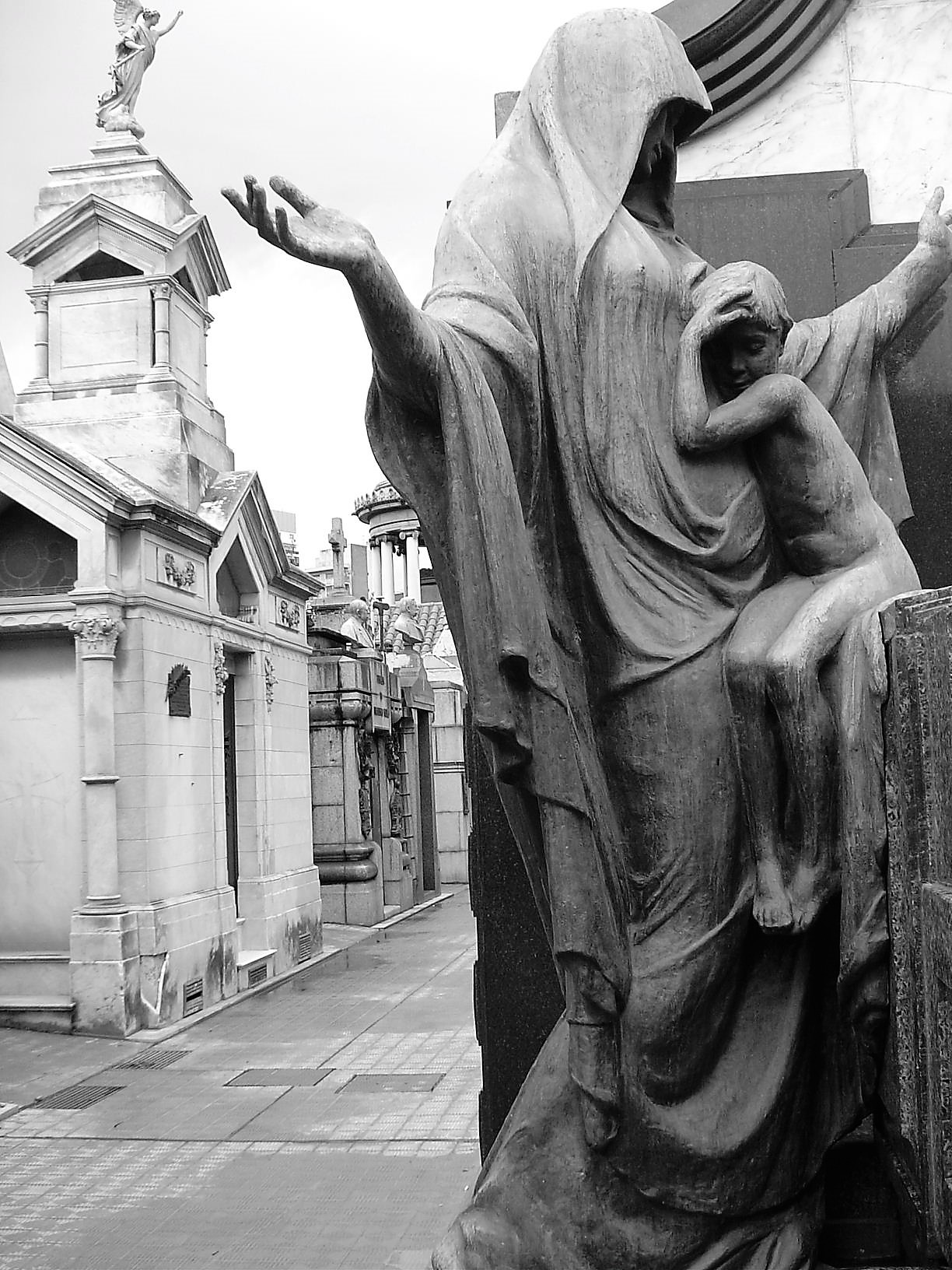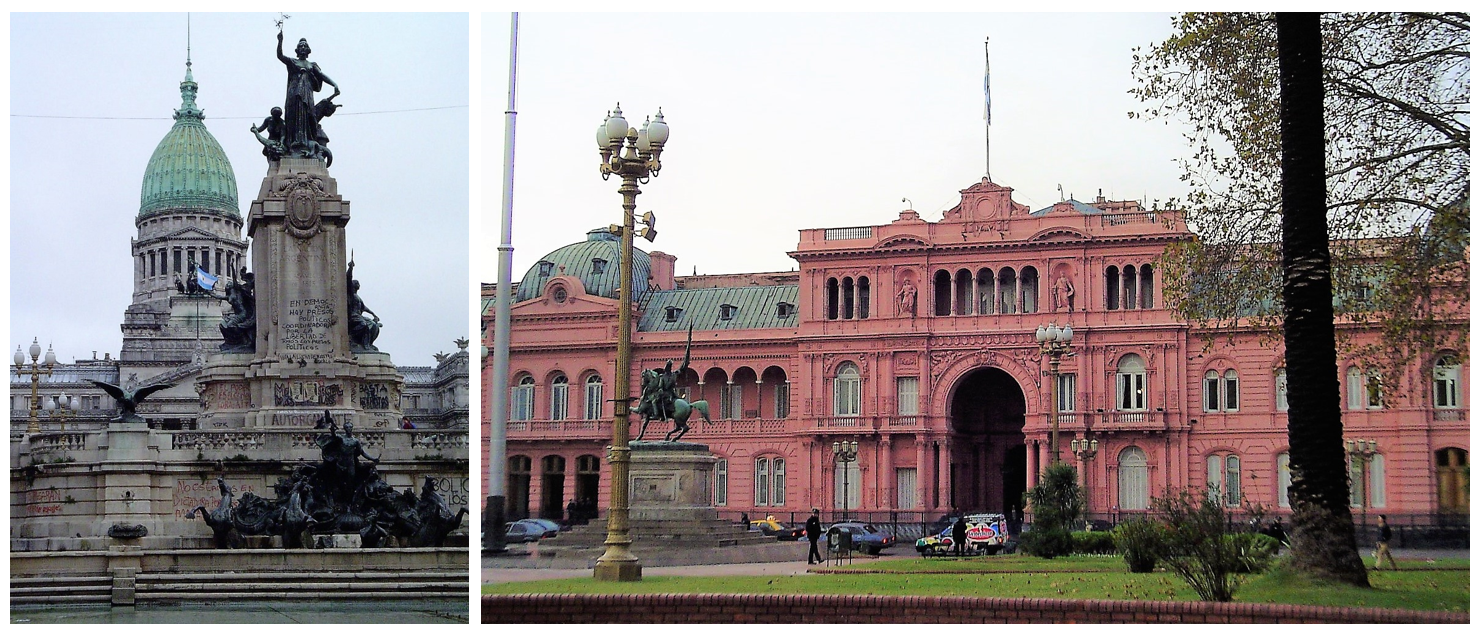Malawi lies at the southwest edge of Africa’s Great Rift Valley – and it’s this that led me to title this post this way.
It has been an interesting year. And I do not just mean what we have seen so far from the 2020 calendar year, I mean the last 365 days. A year ago we here in Malawi were preparing for the country’s tripartite elections in May. It was a busy time, but as the political officer at the Embassy (and a first-time political officer), it was also exciting. Elections are a political officer’s bread and butter. I was lapping it up.
The lead up to the elections was exciting, as was polling day itself, and the immediate days afterward. I worked extra hours, dug into the politics, analyzed the results, and wrote reports. After nearly two years in the country, I felt I really understood the situation, the players, and it was all culminating in this election. The elections had shaped my tour since I arrived in August 2017, and I thought I would head off on my mid-tour home leave and return to a post-election environment with newly elected representatives and a new focus for my second consecutive Malawi tour.

But that was not to be. The hotly contested election resulted in a court challenge of the presidential election results. And demonstrations. First by the opposition parties who alleged the misconduct by the electoral commission, and then by human rights activists. During the summer, the police deployed tear gas multiple times in the vicinity of the U.S. Embassy (the main opposition party’s headquarters is next door). At the end of his first week on the job, my summer intern and I were caught outside the Embassy while at a meeting during another tear gas display. On another day I could hear from my office the thwoop thwoop thwoop of the canisters being repeatedly deployed. Estimates were some 90 canisters fired in an hour. I never felt in danger, but things were definitely not normal.

By August the court case had begun. But it dragged through the fall. The end of every multi-week session announcing the next. The human rights activists continued their demonstrations, though the military joined with them to provide security and there was less use of tear gas. There were other demonstrations too, by truck drivers, by teachers, by civil servants. Then on February 3, the Constitutional Court (a five-High Court judge panel convened especially to hear and decide on the presidential election nullification case) released its decision. It was a day of suspense — with the lead justice reading out the 500-page decision on the radio over the course of ten hours. And at the end he announced the landmark judgment for the opposition parties; only the second time on the African continent that a court had overturned an election.
It was exhilarating. The country was electrified. There were news articles around the world on this historic decision. But it was short-lived. Because now there are to be new elections and here we are back where we were a year ago. Only the stakes seem higher. February felt like a really long month, approximately six weeks long.
Enter: Coronavirus.

As of today, March 31, 2020, there are no confirmed cases of COVID-19 in Malawi. As I have been thinking about writing this over the past week, I have experienced a sense of apprehension that as soon as I might write that down, it would cease to be true, a case would be confirmed. But most of us in the diplomatic community and the government of Malawi are operating under the assumption that there are cases here, we just do not definitively know it.

It might seem odd that Malawi seems to stand alone, that with over 170 countries and territories affected, it sits there, a greyed out area in a sea of teal. But Malawi is not only at the edge of the Great Rift but also is sort of the end of the line. Malawi is not a transit country (I mean sure, for economic migrants, yes, but for international travel, no); it is not a major tourist destination, not even really a minor one. It is off the beaten track. It is landlocked and even connections to its neighboring countries are relatively limited. I found this really neat graphic online that demonstrates Africa’s risk in terms of individual countries’ connectivity with China. But it might as well be connectivity to really anywhere in terms of Malawi. There are only a handful of international flights a day, and connections only to South Africa, Zimbabwe, Zambia, Tanzania, Kenya, Mozambique, and Ethiopia.
So, this relative isolation has contributed to how I have perceived the pandemic. While so many of us around the globe have labeled this experience surreal, I have felt both affected and oddly detached. I have watched the panic buying, the press conferences, the number tallies from a distance. We have had meetings (many, many, many, meetings) at the Embassy, beginning in February and increasing in frequency in March. Especially as the news around the globe worsened, as cases crept closer to home. As the measures were slowly put in place. My boss voluntarily self-quarantined for two weeks beginning in early March after returning from a European country that the government of Malawi had just designated as a country of concern. From last week my daughter’s international school went entirely to distance learning — the decision made a week or two before the President announced on March 20 that all schools in the country would close – and the Embassy has gone to Team Office / Team Telework. One week one team may be in the office (though they do not have to be) while the other solely teleworks, then the next week the teams switch, and to quote one of my favorite poets, Kipling, “never the twain shall meet.” Well, except in Zoom meetings.
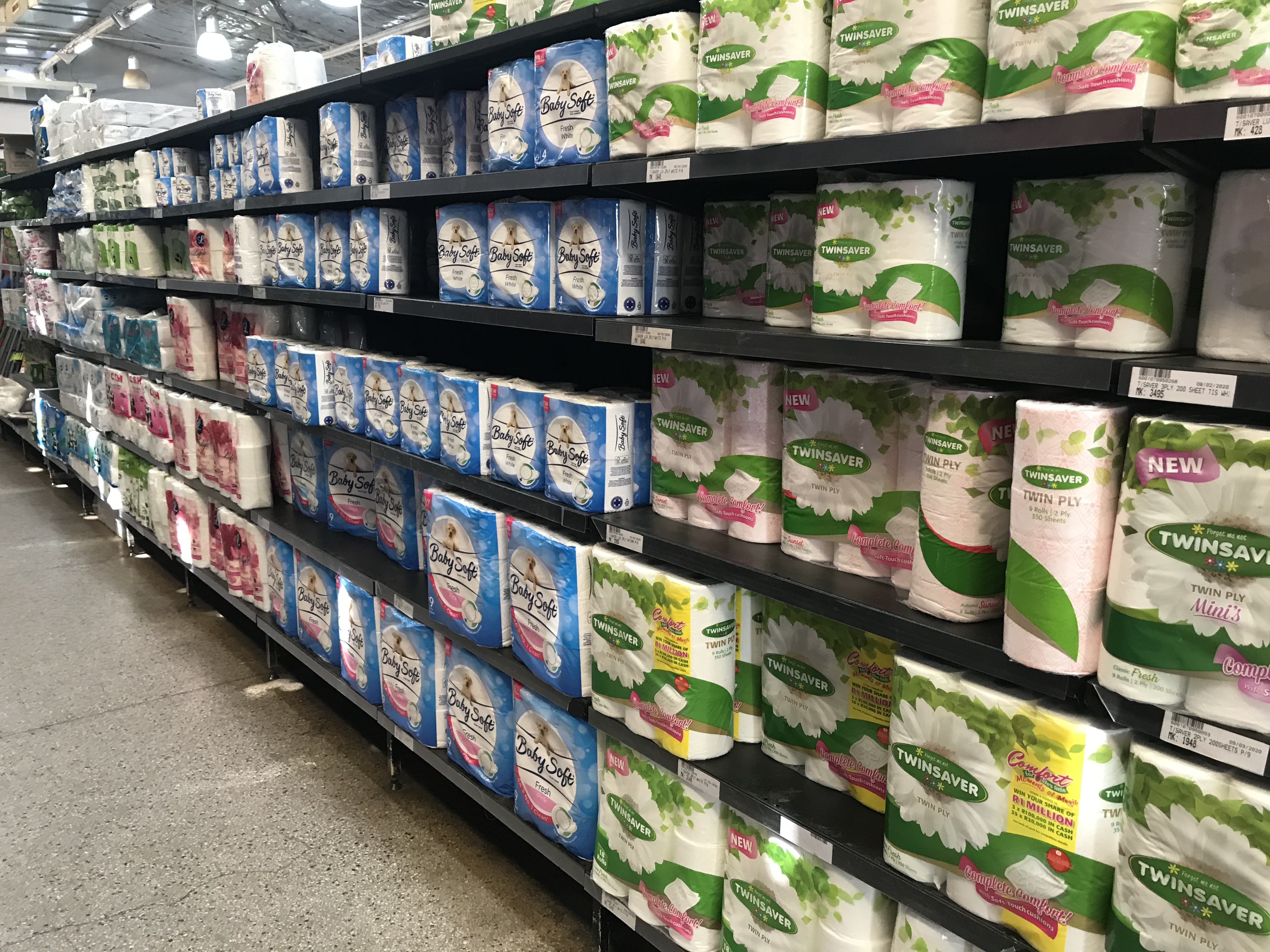
Last week I was Team Office and still spent much of my time at the Embassy. Not only as the political officer but also the Acting Consular Officer, because our primary consular officer opted to return to the U.S. for health and safety reasons while the option remained open. I went home each day for lunch, an option I rarely take, so that I could also log my daughter on for her daily Google Meet session with her teacher and classmates. The homeschooling was rough for sure, more akin to co-dependent torture than learning, but I felt useful and efficient at work. This week I am on Team Telework and it is only day two but it is like everything has fallen apart. Well, homeschooling is on the upswing and work is, um, on the opposite trajectory.
I do not quite know how to describe how I am feeling; I am sure I am not alone in this. I am not worried about the virus for myself or my daughter. And while I am working with my family to put into place measures to make my elderly parents safer, I am not all that worried about my friends or family. I expect that some might find this callous. Although I can be an emotional person, I feel I am approaching this situation more as a pragmatist. I think it may be due to my experience in Singapore during SARS. Singapore handled that pandemic well and is by all reports doing the same this time around.
I know COVID-19 is not SARS. I felt I needed to say that. But there are some similarities.

Not that I personally handled the time during SARS in Singapore all that well. It was not an easy time. While I sent back some thoughts to friends and family (summarized in my two blog posts on the time), I went back to look at my journals for the time period and found nothing at all written in them over a 2.5 month period. That in and of itself is telling. It is rare for me to go for more than a week without writing. What I do remember is that at first the situation was novel, even exciting, but over time it really began to drag on myself and my friends. I even sought out counseling.
There are concerns about the virus coming to Malawi. As one of the poorest countries in the world, the health system is already incredibly limited, and would likely quickly be overwhelmed by a pandemic. Also, social distancing is just not something that fits well with the culture and customs here. Malawians are very social. They enjoy group meetings, family gatherings, attending church or mosque. In the few walks that I have taken around my neighborhood, I still see Malawians greeting one another touching hands, walking closely together. And the reality of poverty is that people live, travel, and work together in very close quarters.
And yet I think I am doing better this time around for a number of reasons. Perhaps it is because I am here in Malawi, with our relative isolation and delayed case confirmation, but also because I have my incredibly lush and calming yard full of birdsong. Also, I have meaningful work that keeps me busy, I have been meditating almost daily for over two years, and I am here with my daughter, and everything is better with her.
These feelings are valid as of today. Things will continue to be uncertain for the foreseeable future. If COVID-19 follows a trajectory similar to SARS, then it is likely peaking, but will continue well into June. July 2 is currently the date for the “fresh” (as all the papers here like to call it) presidential election. My daughter and I are opting to shelter in place here in Malawi, our home, and though it will not be easy, I expect us to be fine. Despite all of the uncertainty and challenges my friends and I faced in Singapore during SARS, it did pass, and those feelings faded. So, I know that this too shall pass.
